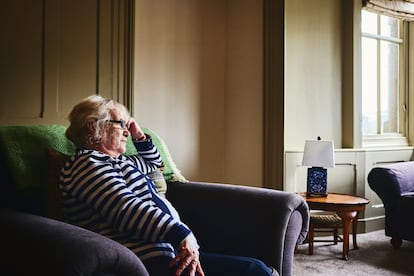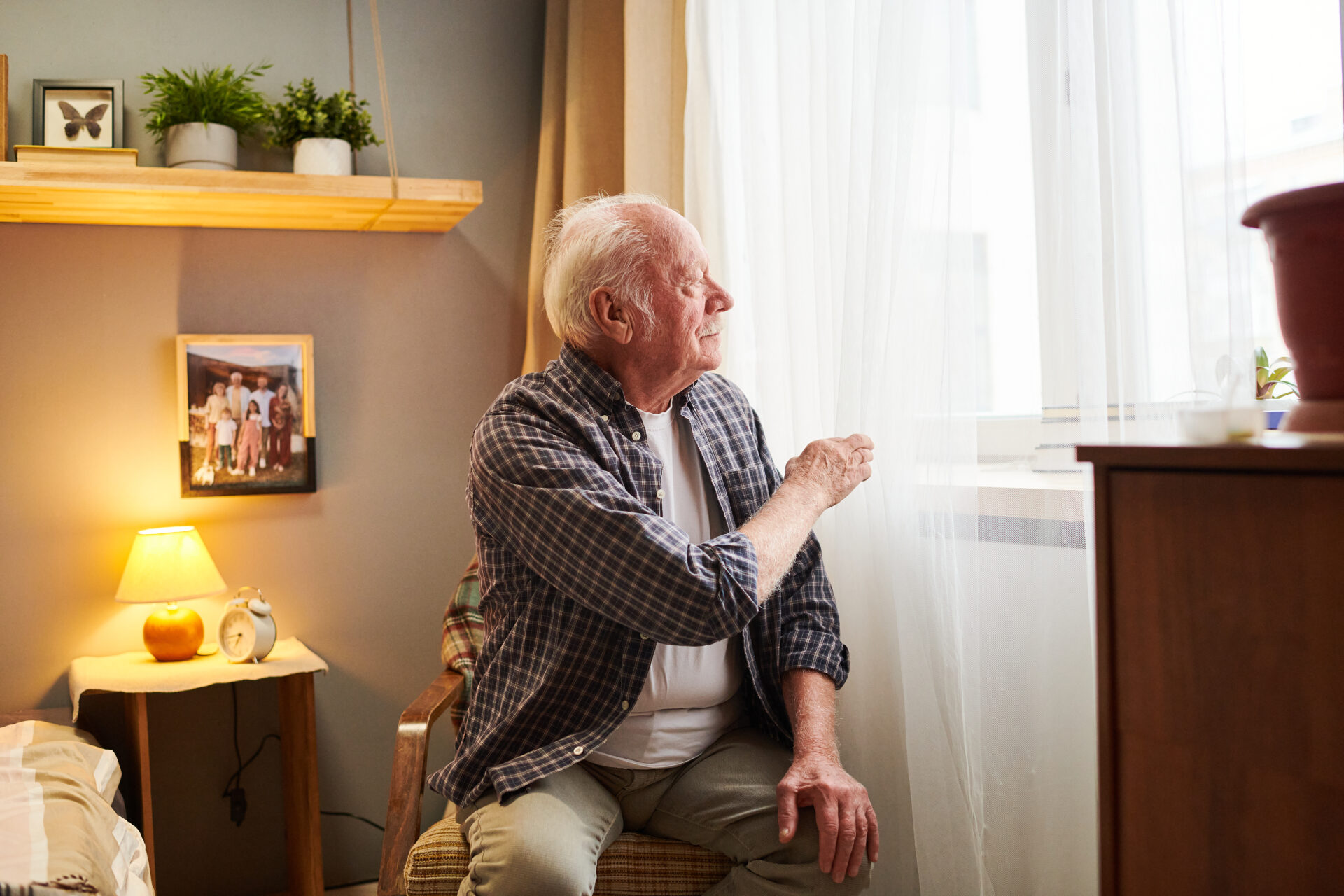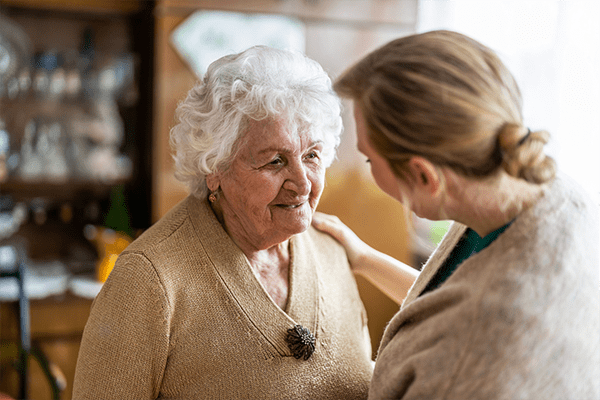As our loved ones age, the concern for their safety, especially during the night, becomes paramount. **Falls** are a significant risk for the **elderly**, and the consequences can be severe. This is why fall detection devices for elderly at night have become a crucial part of ensuring their well-being. These devices provide peace of mind for both the elderly and their caregivers, knowing that help is just a call away if a fall occurs.
In this article, we will delve into the importance of fall detection devices, how they work, and why they are essential for **elderly safety**. We will also explore the different types of devices available and how to choose the right one for your needs.

Understanding the Need for Fall Detection
Falls are one of the leading causes of injury among the elderly. According to the Mayo Clinic, every year, millions of older adults fall, with one in five falls causing a serious injury such as broken bones or a head injury. During the night, the risk of falls increases due to reduced visibility and potential disorientation.
The Impact of Falls on the Elderly
Falls can lead to a loss of independence, decreased mobility, and a diminished quality of life. They can also result in significant medical expenses. Therefore, preventing falls and ensuring timely assistance when they occur is vital.
How Fall Detection Devices Work
Fall detection devices are designed to monitor movements and detect falls. They use a combination of sensors, including accelerometers and gyroscopes, to identify unusual movement patterns that indicate a fall. When a fall is detected, the device sends an alert to a designated contact or emergency services.
Types of Fall Detection Devices
- Wearable Devices: These are worn as pendants or wristbands and offer constant monitoring.
- In-Home Systems: These include sensors placed throughout the home to detect falls.
- Smartphone Apps: Some apps offer fall detection features and can be installed on smartphones.
Choosing the Right Fall Detection Device
When selecting a fall detection device, consider the specific needs of your loved one. Factors to consider include the ease of use, the reliability of the device, and the type of alert system it uses. It is also essential to ensure that the device is comfortable for the elderly person to wear or use.
Features to Look For
- Automatic Fall Detection: The device should automatically detect falls and send alerts without needing manual activation.
- 24/7 Monitoring: Ensure that the device offers round-the-clock monitoring.
- GPS Tracking: This feature is beneficial if the elderly person is mobile and spends time outside the home.
The Benefits of Fall Detection Devices
The primary benefit of fall detection devices is the peace of mind they provide. Knowing that help is readily available in the event of a fall can significantly reduce anxiety for both the elderly and their caregivers. Additionally, these devices can help the elderly maintain their independence by providing a safety net that allows them to live alone with confidence.
Additional Advantages
- Quick response times in emergencies.
- Reduction in the severity of injuries due to timely medical intervention.
- Increased confidence and reduced fear of falling.
Integrating Fall Detection with Smart Home Technology
With the advancement of technology, fall detection devices can now be integrated with smart home systems. This integration allows for a more comprehensive safety solution, enabling features like automatic lighting, voice-activated assistance, and more.
Smart Home Benefits
Smart home technology can enhance the effectiveness of fall detection devices by providing additional safety features and automation that make the home environment safer and more comfortable for the elderly.
Real-Life Stories: How Fall Detection Devices Have Helped
Many families have shared stories of how fall detection devices have made a difference in their lives. For example, one elderly woman was able to receive immediate medical attention after a fall, thanks to her wearable fall detector.
Testimonials
Caregivers and family members often express relief and gratitude for the reassurance these devices provide. Knowing that their loved ones are protected gives them peace of mind and allows them to focus on other aspects of caregiving.
Challenges and Considerations
While fall detection devices offer many benefits, there are challenges to consider. These include the costs of devices and services, the need for regular maintenance, and the potential for false alarms.
Addressing Challenges
To address these challenges, it is important to choose reliable products, ensure proper setup and maintenance, and educate the elderly on how to use the devices effectively.
The Future of Fall Detection Technology
The future of fall detection devices is promising, with ongoing advancements in technology. Innovations such as machine learning and artificial intelligence are being integrated into these devices to improve accuracy and functionality.
What to Expect
We can expect more sophisticated devices that offer enhanced features, greater accuracy, and improved user experience. As technology continues to evolve, so too will the capabilities of these life-saving devices.
Conclusion
Fall detection devices for elderly at night are essential tools in ensuring the safety and well-being of our aging loved ones. By providing timely alerts and facilitating quick responses, these devices help prevent serious injuries and offer peace of mind to families and caregivers. As technology advances, we can look forward to even more effective solutions for **elderly care** and safety.

FAQs
1. How do fall detection devices work?
They use sensors to monitor movement and detect falls, sending alerts to designated contacts or emergency services.
2. Are fall detection devices expensive?
The cost varies depending on the type and features, but there are options available for different budgets.
3. Can fall detection devices be used outside the home?
Yes, many devices offer GPS tracking and can be used both indoors and outdoors.
This article contains affiliate links. We may earn a commission at no extra cost to you.






